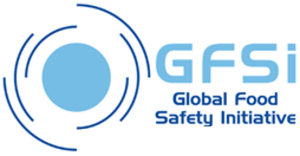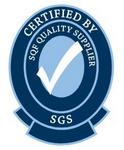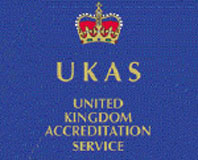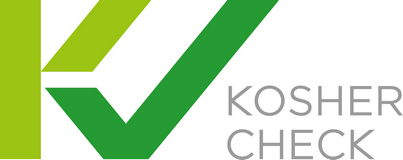Click HERE To Buy Zyban Online ↓
 Tips for Managing Zyban Withdrawal Symptoms
Tips for Managing Zyban Withdrawal Symptoms
Stay Hydrated and Nourished for Better Balance
When withdrawing from Zyban, your body can feel off-balance. Drinking enough water flushes toxins and keeps your energy steadier. Try to sip frequently throughout the day—dehydration can worsen symptoms like headaches or irritability.
Eating regular, well-balanced meals is just as vital. Choose whole grains, fruits, lean proteins, and healthy fats to stabilize your mood and blood sugar. Avoid skipping meals, as it can intensify withdrawal discomfort.
If you need a quick reference, use this table for nutrient-packed snacks:
| Snack | Benefit |
|---|---|
| Greek yogurt with berries | Protein and antioxidants |
| Carrot sticks with hummus | Vitamins and healthy fats |
| Almonds | Energy-boosting magnesium |
Establish a Relaxing Daily Routine to Reduce Stress

Transitioning off Zyban can feel overwhelming, but crafting gentle routines helps anchor your day. Think of starting with small rituals—waking up at the same time, enjoying a warm shower, or listening to calming music. These familiar moments create a sense of predictability, easing anxiety that might surface as your body adjusts to the absence of Zyban.
Incorporating pockets of relaxation doesn’t have to be complicated. Set aside moments for reading, sipping tea, or practicing light stretches. Even ten minutes of quiet time can calm your nervous system and reduce stress hormones. Small choices throughout your day add up, offering you a steady foundation during withdrawal.
Give yourself permission to slow down and be kind to your mind. Over time, a calming daily rhythm may help you weather withdrawal challenges and regain emotional balance.
Remember, routines act as a gentle guide, supporting your journey as you adapt to life after Zyban.
Get Moving: Exercise to Boost Your Mood
Physical activity can be a powerful tool during zyban withdrawal, helping your brain release natural feel-good chemicals. Whether it’s a brisk walk in your neighborhood or a dance session in your living room, movement helps counteract sluggishness and mood swings often brought on by withdrawal.
You don’t need strenuous workouts to notice a difference—gentle stretching or short bursts of activity are enough to lift your spirits and improve your sense of well-being. Find an activity you enjoy, and let it become part of your healing process.
Reach Out for Support—you Don’t Have to Go Alone

Navigating the early days after stopping Zyban can make you feel isolated, but connecting with others can be a game-changer during this period. Sharing your experiences—whether with friends, family, or support groups—lets you express emotions that might otherwise become overwhelming. Open conversations about your challenges can also help reduce feelings of shame or self-doubt, making the process feel far less lonely.
Seeking a community, even online, offers inspiration from others who have already completed their own Zyban journey. These groups often share practical tips and uplifting stories that remind you withdrawal is temporary and manageable. If you need more expert guidance, consider professional counseling or helplines tailored to addiction or withdrawal issues—skilled professionals can assist with emotional and practical strategies.
Reaching out is a sign of strength, not weakness. Social connections have been shown to increase resilience during tough times, and building this network can empower you to keep moving forward with confidence.
Track Your Symptoms and Monitor Your Progress
Jotting down how you feel each day can be surprisingly powerful when withdrawing from Zyban. Whether you use a notebook, an app, or a simple calendar, noting changes in your mood, sleep, appetite, and cravings helps you spot trends and patterns.
This process will make it easier to identify triggers and track progress, boosting your motivation during difficult days. If you decide to consult a healthcare provider, having clear records can make conversations more productive.
Consistent symptom tracking keeps you engaged with your recovery, giving you control. Over time, you’ll see just how far you’ve come.
| What to Track | Why It Helps |
|---|---|
| Mood swings | Spot emotional triggers |
| Sleep quality | Identify patterns affecting rest |
| Physical symptoms | Monitor changes and improvements |
| Cravings for nicotine | Plan coping strategies |
Explore Mindfulness and Breathing Techniques for Relief
When dealing with withdrawal symptoms, turning inward can offer unexpected comfort. Simple mindfulness exercises, like focusing on your breath, can calm the mind and ease anxiety. Even a few minutes each day can foster a sense of stability when emotions fluctuate. Guided breathing—such as inhaling deeply for four counts and exhaling for six—helps activate your body’s relaxation response. Practicing in a quiet space, or even during tense moments, can make challenges feel more manageable and empower your journey forward.





















